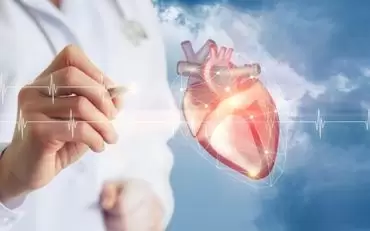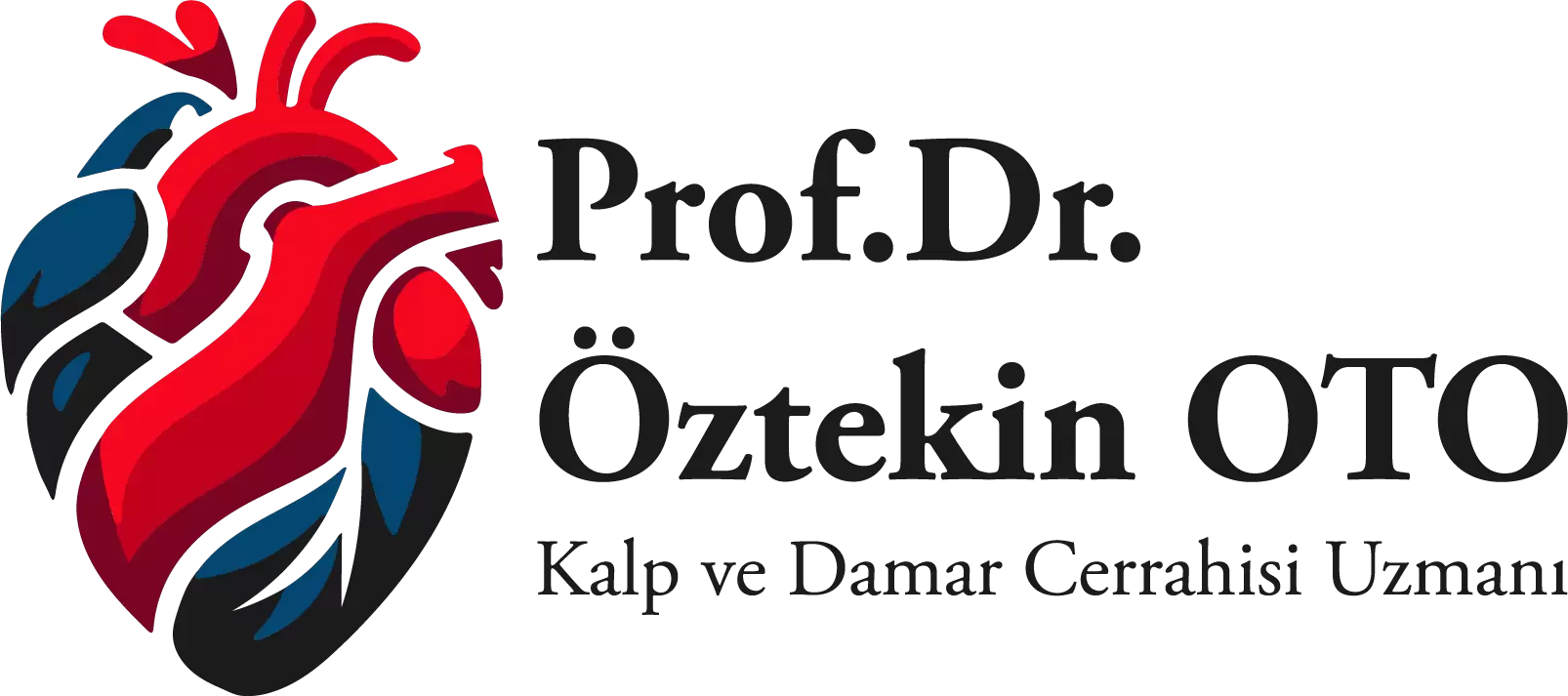16 Oca
Hypertension
COMBINATION THERAPY IN HYPERTENSION CURRENT
In most hypertensive patients, two or more drugs must be used to control blood pressure. Monotherapy is effective only in a small group of patients, regardless of the type of drug used. When antihypertensive drugs are used together at low doses, the antihypertensive effects of these drugs are added to each other, while side effects are reduced. In particular, patient compliance with fixed-dose drugs is also significantly increased.
Hypertension is an important public health problem because it is common and causes high morbidity and mortality. The relationship between high blood pressure and cardiovascular mortality has been known for a long time. Historical lessons on this subject come from the Framingham study. Epidemiological data accumulated in recent years have shown that cardiovascular risk increases in parallel with the increase in systolic blood pressure from 115 mmHg. Perhaps more importantly, it has been understood that cardiovascular risk can be reduced by lowering blood pressure. Indeed, a 10 mmH reduction in systolic blood pressure can reduce the risk of coronary heart disease mortality by 30% and the risk of stroke-related mortality by 40%. Many studies evaluating cardiovascular mortality have shown that the more blood pressure is lowered, the more pronounced the reduction in cardiovascular risk will be.
However, studies with new drugs have led to the determination of new targets beyond lowering blood pressure in antihypertensive treatment. Prevention of stroke, myocardial infarction and chronic renal failure, as well as prevention of new-onset diabetes, prevention of hypertension and prevention of atrial fibrillation are among these. In addition, the understanding that hypertension, together with other risk factors such as smoking, high cholesterol etc., geometrically increases cardiovascular risk has led to the idea that controlling blood pressure alone is not enough, but that total cardiovascular risk should be reduced. The most important evidence of this is that in studies conducted before 1990, the risk of stroke was reduced by 40% with blood pressure control alone, while the risk of myocardial infarction was reduced by 20-25%.
In addition, in recent years, with evidence from various clinical studies, the target blood pressure thresholds of antihypertensive treatment in current hypertension guidelines have been significantly lowered.
Beyond all these, observations, clinical experiences and clinical study results have shown that two or more drugs must often be used to control blood pressure. Many patients require three or more drugs. Regardless of the drug used, monotherapy allows a small portion of hypertensive patients to reach their BP targets. Today, we have combinations that can be used with various drugs and are well tolerated. Initial treatment can be started with monotherapy or with low doses of two drugs together. Later, drug doses or numbers can be increased. Monotherapy can be the initial treatment for mild hypertension patients with low-moderate cardiovascular risk. In the JNC 7 Treatment Guidelines, it is recommended to start treatment with two drugs if BP is >20/10mmHg from the target values. If there is a high or very high cardiovascular risk in patients with Stage 2 and 3 HT, two drugs should be tried together at low doses initially. In uncomplicated HT and in the elderly, antihypertensive treatment is started more moderately. In high-risk cases, combination treatments and faster dose adjustments may be required to reach target BP values more quickly.
With low-dose combinations of antihypertensive drugs, more effectiveness is achieved while the possibility of side effects is reduced. In a meta-analysis, 40,000 patients were evaluated in 354 studies using combination calcium channel blockers, beta blockers, ACE inhibitors, ARBs and fixed-dose thiazide group diuretic combinations and it was determined that the blood pressure lowering effect was added with the low-dose combination but the side effects were not added. When using the three drugs at half dose, a 63% decrease in the risk of stroke and a 46% decrease in the risk of ischemic heart disease was achieved. In general, in the selection of antihypertensive drugs, the patient's previous experience with certain groups of drugs, subclinical target organ damage, clinical cardiovascular disease, presence of diabetes, drug interactions, side effects of drugs in terms of patient compliance and duration of effect (24-hour effect), cost (however, cost concerns should never override patient benefit) should be taken into consideration.
Combination Therapy in Hypertension
Two drug combinations that have been shown to be effective and have been tested in RCTs
- Thiazide diuretic and ACE inhibitor
- Thiazide diuretic and angiotensin receptor antagonist
- Calcium antagonist and ACE inhibitor
- Calcium antagonist and angiotensin
iotensin receptor antagonist
- Calcium antagonist and thiazide diuretic
RESULTS
- New antihypertensive treatment targets require effective antihypertensive drug therapy in addition to intensive lifestyle changes.
- Many patients use more than one drug together.
- Low-dose combinations of drugs may be useful in increasing efficacy and reducing side effects.
- Fixed-dose drug combinations are useful in terms of patient compliance.
Recommended References
1- Law MR,Wald NJ, Morris JK,Jordan RE. Value of low dose combination treatment with blood pressure lowering drugs: analysis of 354 randomized trials .BMJ 2003:126:1404-1427.
2- Bangalore S, Kammalakannan G, Parkar S, Messerli F. Fixed dose combinations improve medication compliance: A meta analysis. Am J Med 2007;120:713-719.
3- The Task Force for the Management of Arterial Hypertension of the ESH and ESC. Guidelines for the management of arterial hypertension. J Hypertension 2007;25:1105-1187.
Related Articles

What is Varix?
Varix is a severe disease of the veins mostly delayed in treatment as it is generally considered as ..
Read More
Laser Treatment of Varices
Laser Varicose Treatment has achieved significant success in recent years with technological advance..
Read More
EECP Treatment Method
They are the arteries that surround the heart and provide the heart muscle with the necessary blood...
Read More




